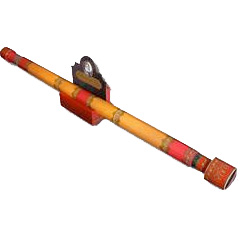
Venice, a city of enterprise and innovation, was just the right location to produce a powerfully modern instrument. Galileo became one of their highest paid professors, with lifetime job security. Unlike the cautious Dutch stadtholders, the Venetians handsomely rewarded their inventor. This instrument, called an “eyeglass,” “long-sighted cannon,” or the Latin perspecillum rather than a “spyglass,” would not be called a “telescope” until 1611. In this instance, however, the object was not simply to marvel at the magnificence of La Serenissima, but to see what Galileo’s new sighting instrument revealed. In late September 1609, a middle-aged mathematics professor named Galileo Galilei, a native of Tuscany but long employed by the Venetian Republic to teach at the University of Padua, persuaded Venice’s leading citizens to do what tourists have done ever since: huff and puff their way to the top of the campanile in piazza San Marco to gaze across the city, its lagoon, and mainland territories. Instead, from the grave as it were, he suffered the ignominy of having his invention named after the very people who denied him a patent - it became the “Dutch spyglass.”Īt the end of Lipperhey’s life, a similar demonstration of another spyglass took place in Venice, with very different results. Had he not died shortly after fulfilling the order, on September 29, 1609, our German spectacle-maker might well have developed a modestly successful business selling his spyglass.

Therein lay the problem: the spyglass was too easy to make.Īs a consolation prize, the Dutch commissioned two more examples from Lipperhey. They churned out spyglasses of varying quality, priced to appeal to a wide range of consumers, with little regard to perfecting what this instrument actually did. A growing number of would-be inventors therefore rushed competing versions of this latest Renaissance gizmo to the marketplace. Curiously, seeing just a little bit farther sufficed for most consumers of this newfangled gadget. News traveled even faster than the instrument, making it the most discussed piece of technology in the first decade of a new century.

In fact, everyone was talking about the spyglass and eager to acquire one. Each time, it reliably magnified distant objects: the spire of a distant cathedral, the bell tower in another town, the arrival of ships barely on the horizon, perhaps even the approach of an army. It was rejected not because his instrument failed to meet expectations - indeed, the spyglass had been successfully tested many times since Lipperhey arrived in The Hague three months earlier, seeking a reward for his marvelous invention. In December 1608, Lipperhey received disappointing news: the Dutch had rejected his application for an exclusive patent for a spyglass. NO ONE REMEMBERS a German spectacle-maker named Hans Lipperhey.


 0 kommentar(er)
0 kommentar(er)
